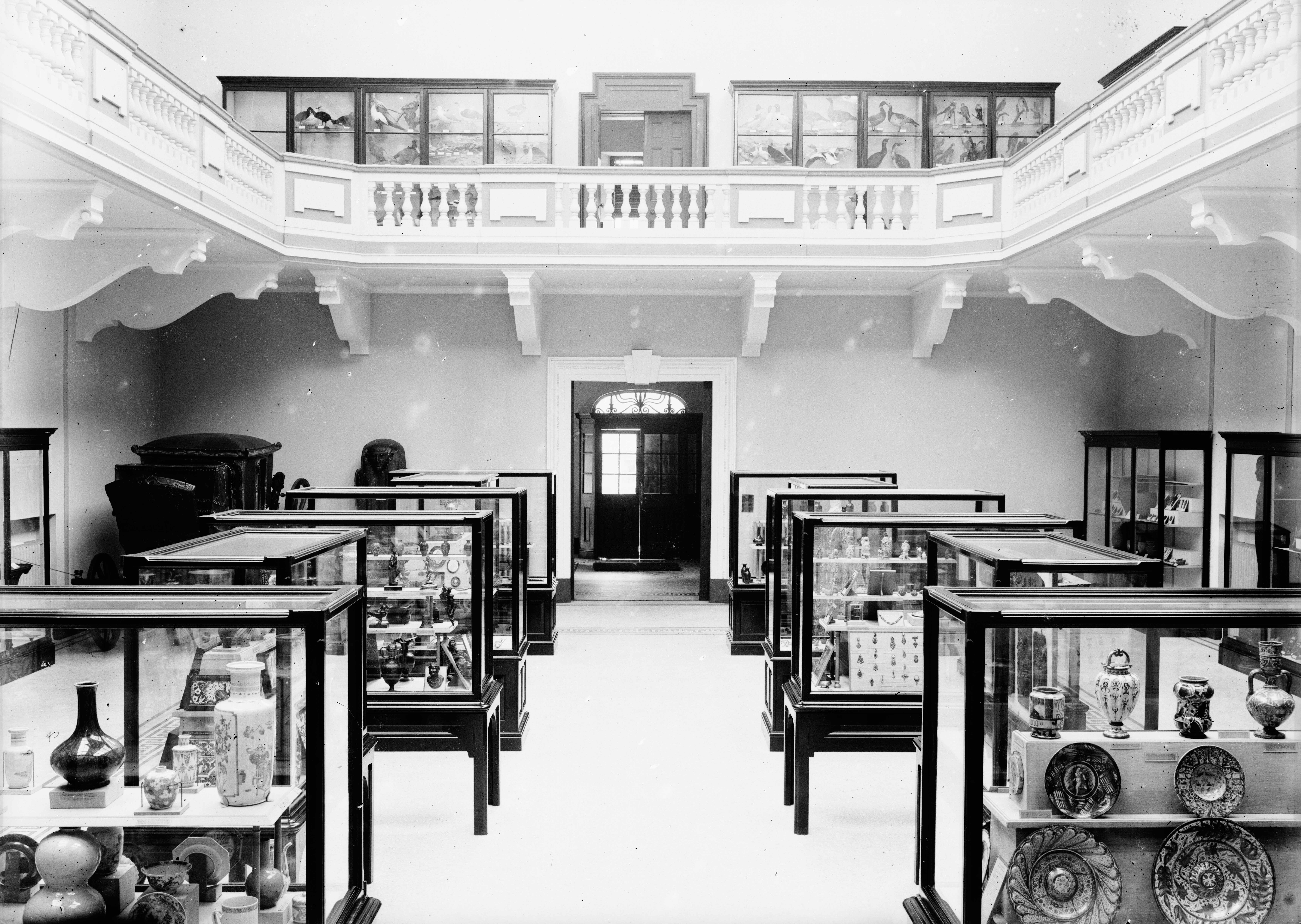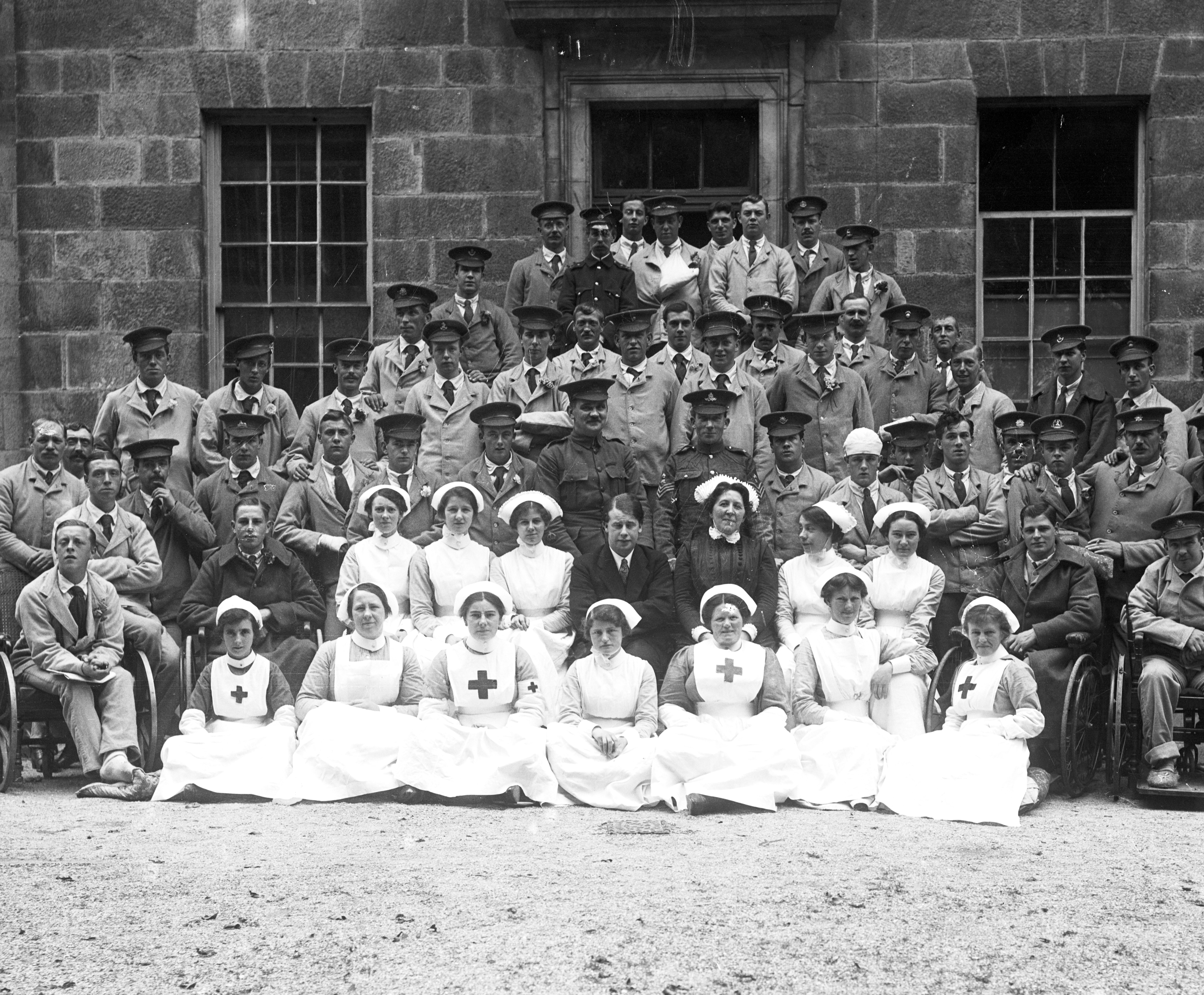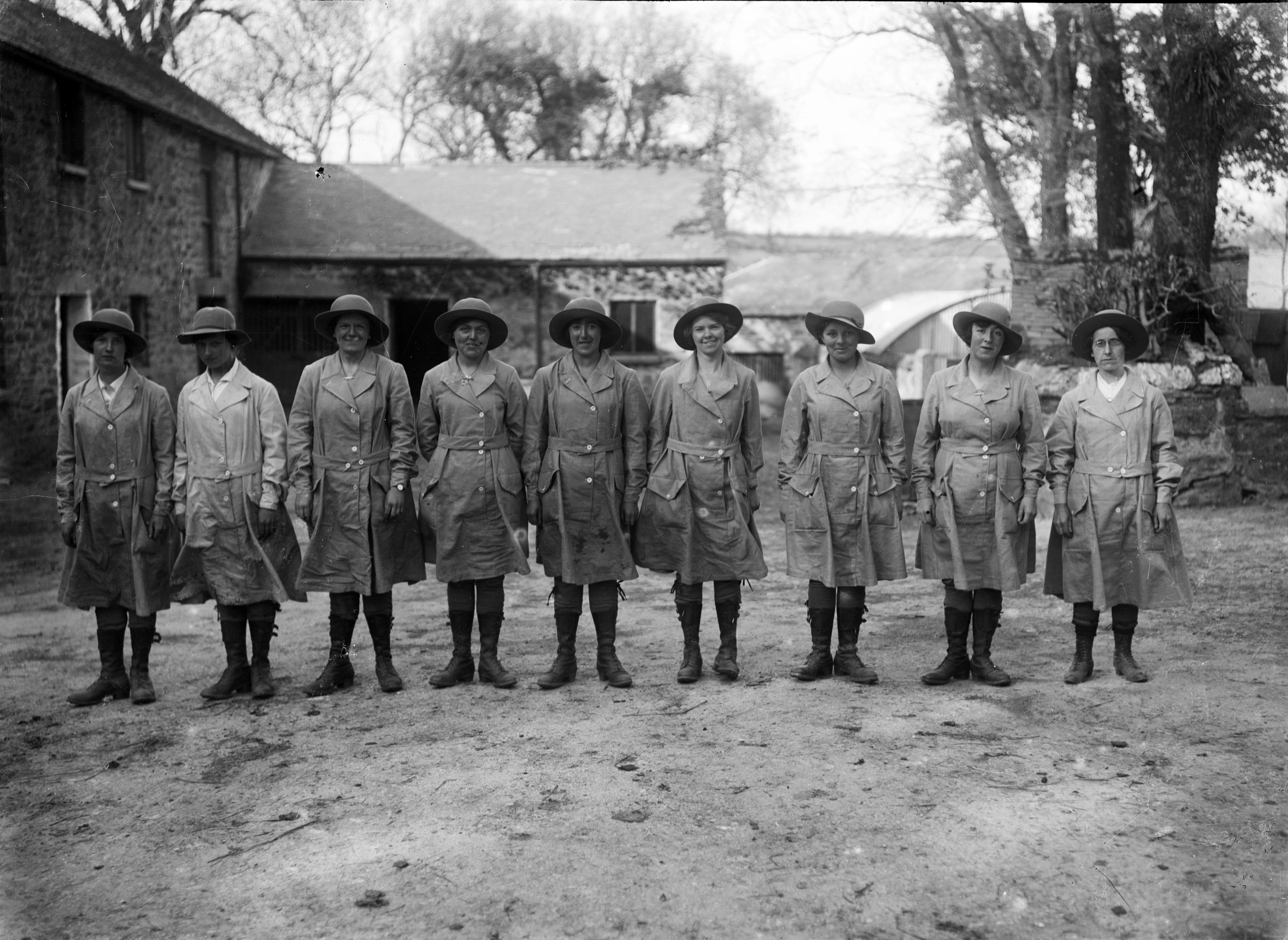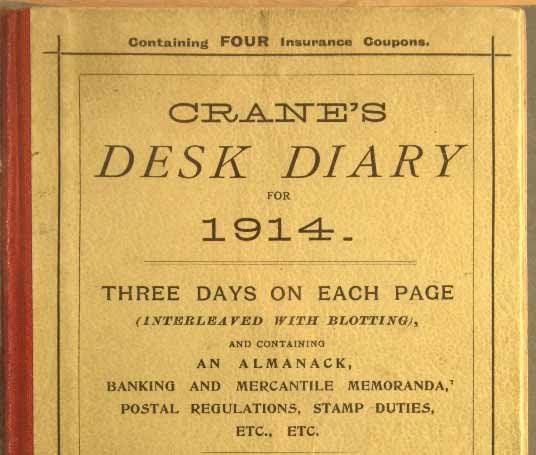Battle of Jutland Shrapnel
The object pictured above is a piece of shrapnel from a German shell that was used in the Battle of Jutland during the First World War.
This violent battle happened on May 31st 1916, when 6,094 British soldiers lost their lives.
One of those fallen soldiers was Cornishman Edwin Wearne, of 5 St Dominic Square, Truro. Wearne, who was born on November 23rd 1892, lived with his mother, Mrs H ‘Annie’ Tozer, and worked as a miner before enlisting in the Royal Navy on March 3rd 1913.
Wearne was employed as a ‘Stoker 1st Class’ on battleships, which meant that he fed the fires with coal and managed the ships engines. He did this job on the HMS Defence – one of the British battleships which made up the ‘Grand Fleet’, the main fleet of the Royal navy during the First World War.
The HMS Defence was fired upon by German battlecruiser SMS Derfflinger and four dreadnoughts while attempting to engage the disabled German light cruiser SMS Wiesbaden. Defence sustained two direct hits, which caused the rear magazine to detonate. The resulting fire spread via ammunition passages and blew up the ship’s secondary magazines.
At roughly 18:05, HMS Defence exploded in turn. There were no survivors.
The Battle of Jutland was the largest naval battle of the entire war. Fourteen British ships were sunk, including the HMS Defence, which now resides at the bottom of the North Sea.
The area in and around the battle site is under the Protection of Military Remains Act 1986. The sea floor harbours the remains of the last major battle in world history to be fought primarily using battleships. The sombre site is where 8,645 men lost their lives, 1,181 men were injured, and 175,600 tons of military combat ship were sunk.
Object chosen by Melissa Kemp, Citizen Curator.





